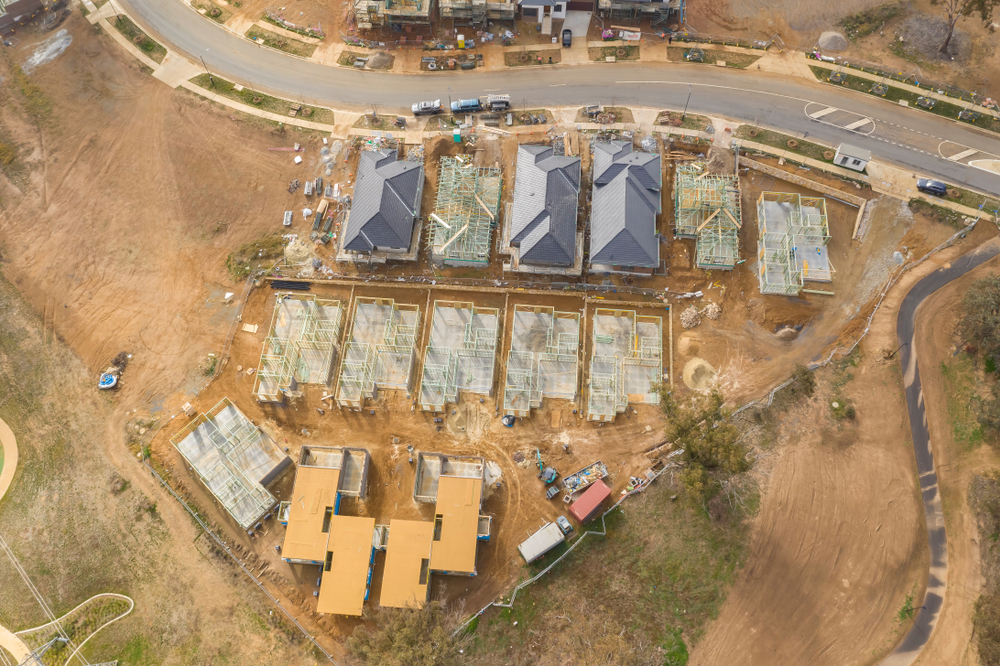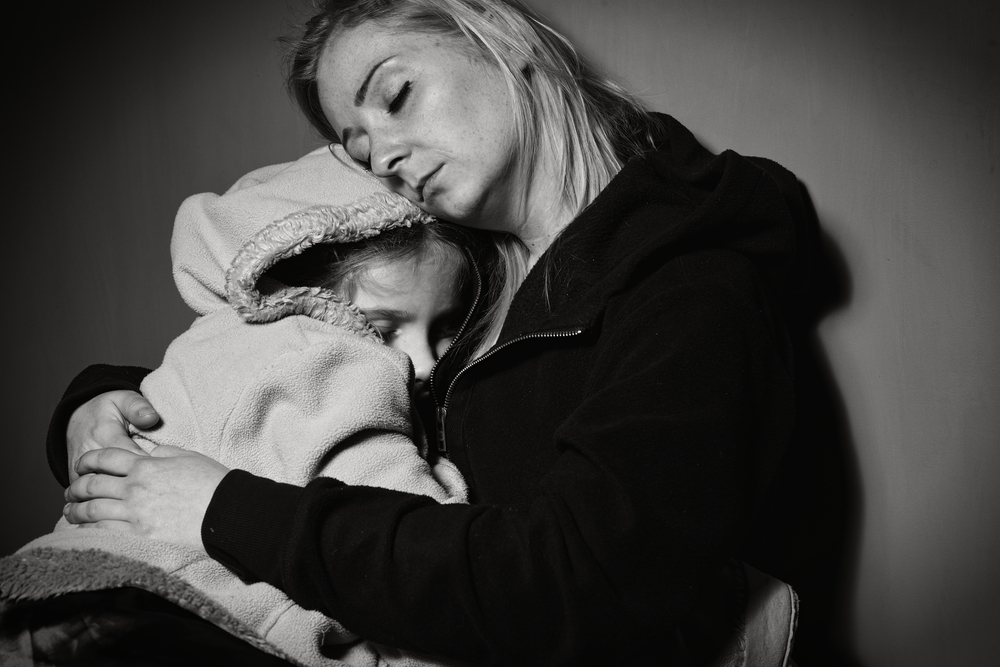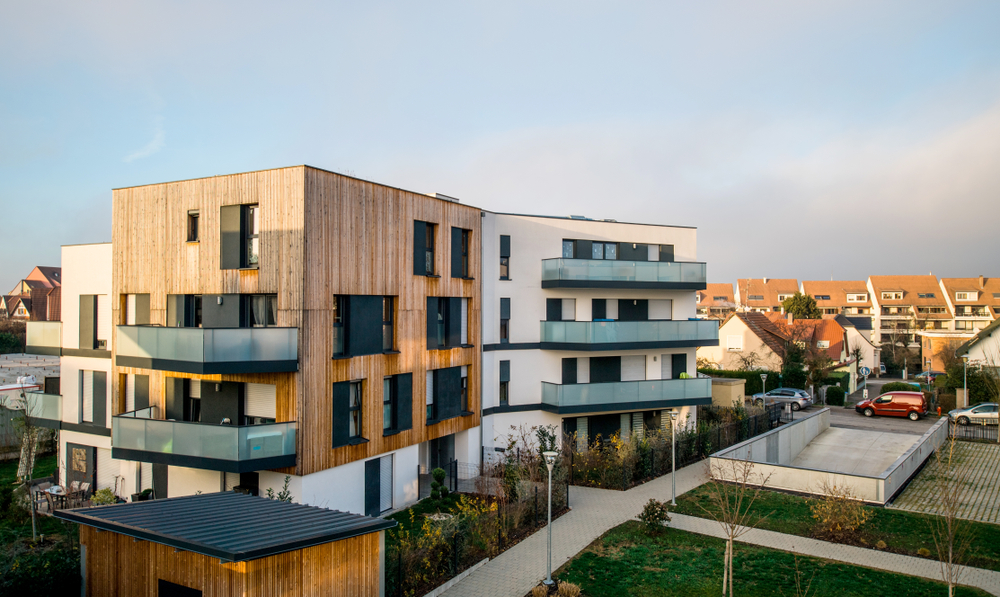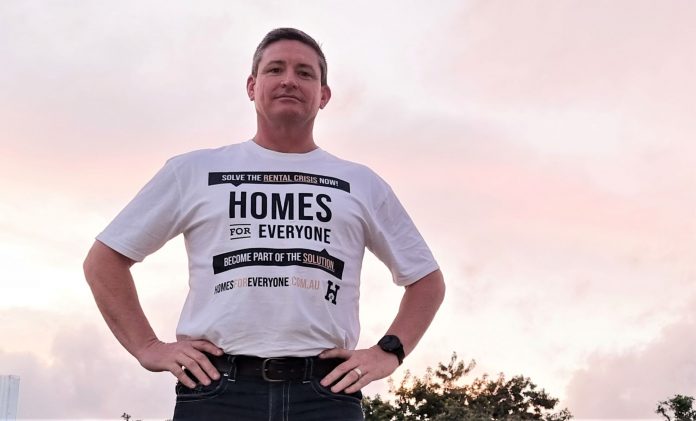A housing analyst who predicts the tight Sunshine Coast market will get much worse before it gets better, has launched a campaign urging everyday locals to join the fight for change.
Mal Cayley, of Direct Collective, has reiterated his assessment that years of stifled housing development on the Sunshine Coast is now manifesting in massive housing pressure, including increasing homelessness.
Mr Cayley has previously revealed that, by his calculations, the coast is at least 8,000 houses short, with 5,500 of those needed for our desperate rental sector.
“Over the years, we’ve under supplied the market,” Mr Cayley, who has launched the Homes for Everyone website, said.

“For example, where we’ve needed to, say, have 10 new properties completed per day to meet demand, most of the time we’ve delivered six.
“So that net shortage means that there’s higher competition, and where the most competition exists is in rental properties.”
Both Sunshine Coast Council and Noosa Council are aware of the challenges.
Sunshine Coast Council is preparing a “new planning scheme that will increase land supply capacity” and Noosa Council hopes to soon adopt a new strategy “to provide a clear plan to help address the current housing crisis in the shire”.
Mr Cayley, a former military intelligence officer, has used council and state government data, Census data, and other sources, to analyse the market and determine the extent of the housing problem.
He said owner/occupiers were now outbidding investors for the limited properties coming to market, so the number of homes available for rent was steadily dwindling. The competition for available homes is made worse by high migration to the area, including more recently from southern states.
The shortages and increasing rental costs are contributing to local homelessness, which is also affecting people with jobs.
“People think homelessness is about vagrancy; it’s not,” Mr Cayley explained.

“Everyone who rents on the Sunshine Coast today – whether they’re a doctor, a cafe worker, a cleaner or, you know, whether they work in professional services – is at risk of homelessness if their property is sold to an owner occupier, because when they leave that property, there’s literally just not enough available property for them to go to.
“So they either have to compete hard for the balance of stock, if it is there, or leave the area – the only alternative is couch surfing, living in a caravan, living in your car, which is homelessness.”
Mr Cayley also suggested increased housing density must be considered.
“A lot of people think that density is a is a dirty word, that they think we’re going to build towers on our beach fronts; it’s actually the opposite of that – density, done right, protects our beachfronts, protects our green spaces,” he said.
“It’s about increasing the services and amenities in a concentrated space in an area that’s right for the community, near transport but away from those areas, so that we can have more people living in an area with access to what they need.”

Noosa Council noted that the solution would take more than simply “increasing supply”, adding that “in markets like Noosa, when property prices are at a premium, just providing more supply does not deliver affordable housing outcomes”.
Sunshine Coast Council added that there are multiple “dynamic and complex contributing factors” to the crisis.
“This includes factors affecting everybody such as rising inflation, rising interest rates and the high level of volatility in the price of labour and materials in the construction market,” a SCC spokesperson said.
“Locally, our region has also experienced the flow-on effects from a global pandemic that fundamentally changed the way we all live and work.
“Our Sunshine Coast region is one of the most attractive places in the nation to live – and we have seen many people leave the major capital cities and move here to live and work in the best location possible.”
“(Sunshine Coast) Council has been actively planning for population growth for many years and remains committed to the intricate task of planning for growth in healthy, sustainable and innovative ways.”
Sunshine Coast Council said it is “progressing record numbers of development and building applications”.
Both Sunshine Coast and Noosa councils said the issue required the cooperation of all levels of government, the development industry and the community housing sector.
Mr Cayley aims to continue lobbying to ensure an ongoing focus on the issues and solutions. He is also urging community members to “spend 15 seconds” to sign up to help raise public awareness.
SUBSCRIBE here now for our FREE news feed, direct to your inbox daily!





